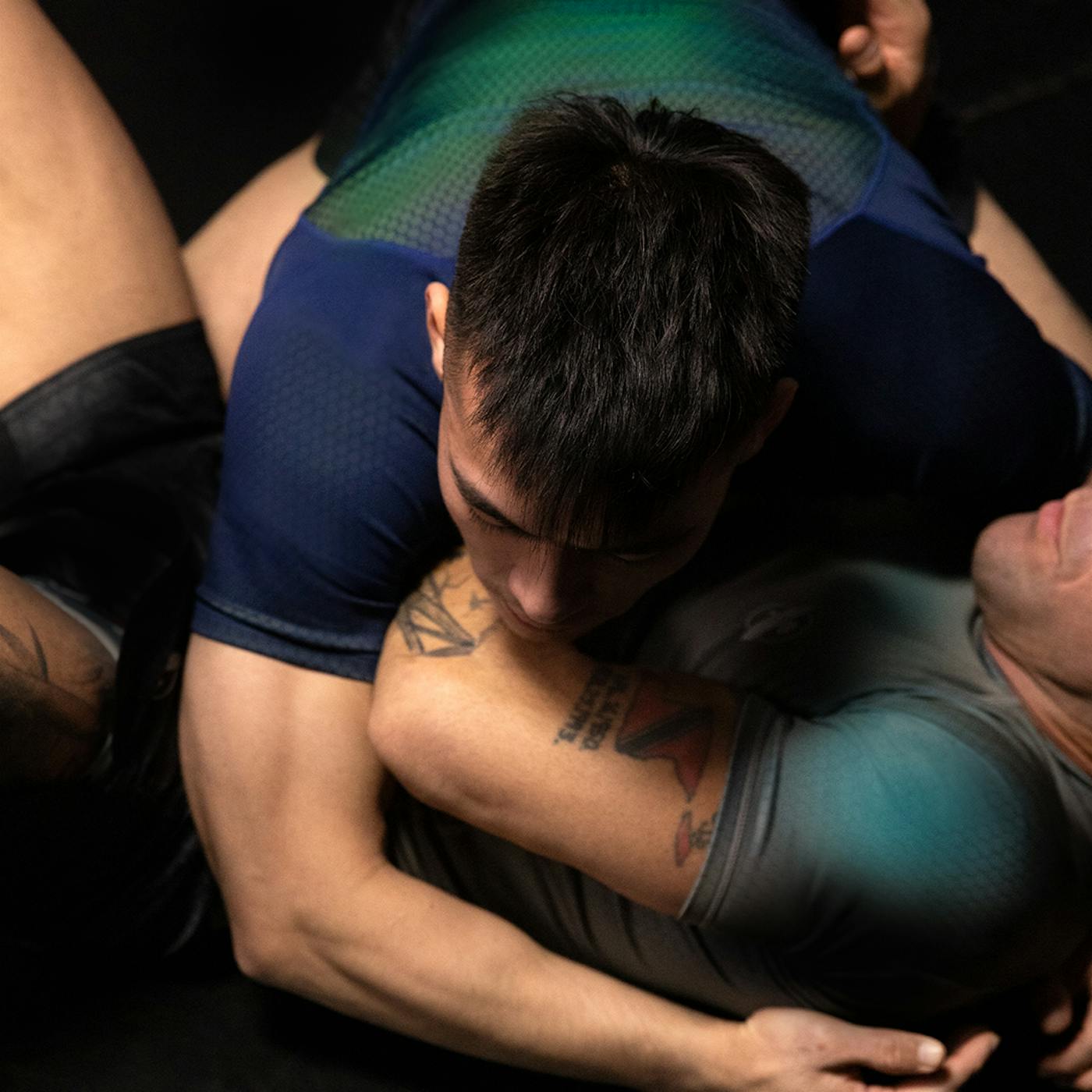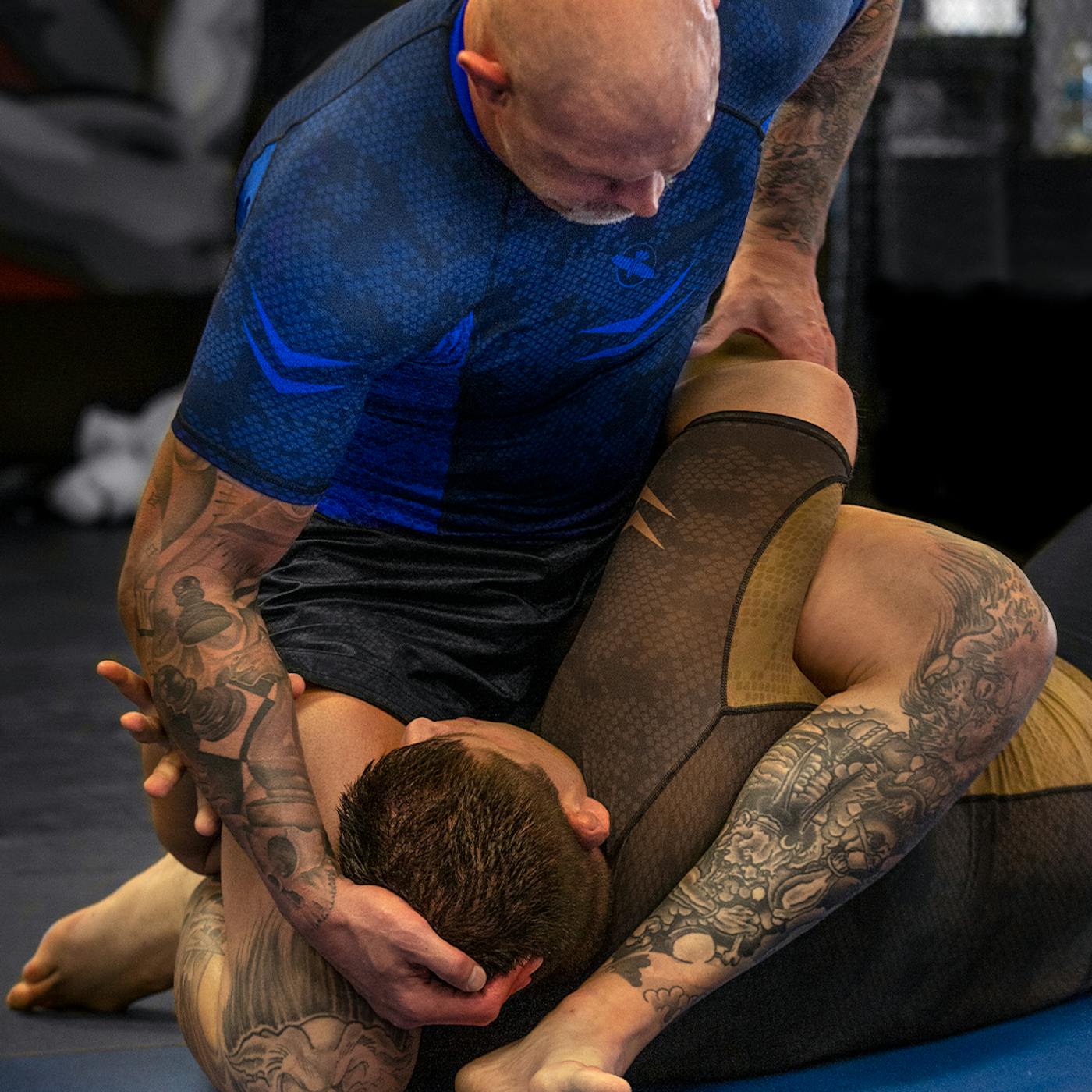Rash guards have been commonly worn for various sports, most notably for surfing. The fitted top protects the skin against the sun and other environmental elements.
However, wearing rash guards also rose in popularity in the fight world in the early 2000s as Brazilian jiu-jitsu (BJJ) became a more universally recognized sport. If you’re just entering the world of combat sports, you may wonder, why is it called a rash guard?
As the name suggests, rash guards in combat sports, including BJJ, as well as mixed martial arts (MMA) and grappling are worn to prevent rashes, burns, and injuries that occur during close contact
In this blog, we’ll take you through an overview of the benefits of wearing a rash guard and how the design helps fighters amplify their performance; plus, share a few tips on what to look for when choosing the right one.
Protective Benefits of Rash Guards
Here are a few of the main benefits of rash guards that make a significant difference versus going without.
Skin Protection
Rash guards for BJJ and MMA are necessary since both require close contact with opponents and the mat. Rash guards create a barrier for the skin to prevent abrasions, cuts, and skin infections like ringworm and staph caused by friction which are common for these types of sports.
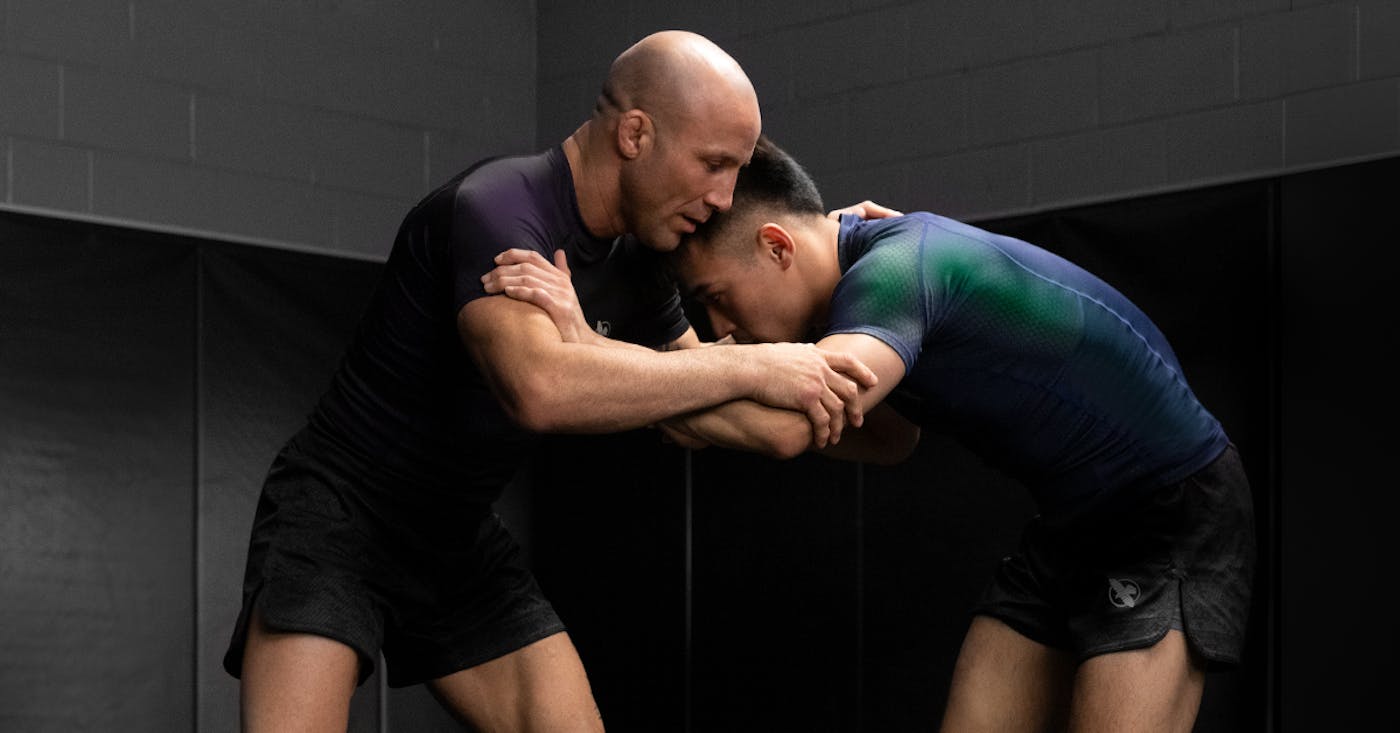
Muscle Compression
Rash guards also support the muscles and help with reducing fatigue and soreness, as well as speeding up recovery after training. They also increase blood pressure to aid in muscle healing and ease swelling more quickly.
Long-Lasting Comfortability
Rash guards are made of lightweight materials that aid in maintaining body temperature by wicking away moisture and keeping athletes cool and dry. It’s common to wonder, are rash guards hot?
The answer is no - the rash guard itself does not produce heat. And though they fit snugly, they also allow for airflow for enduring comfort during intense training sessions.
What to Wear Under a Rash Guard
With regards to comfort, a common question is: what do you wear under a rash guard? Typically, nothing since the rash guard is meant to be form-fitting.
It differs from regular sports shirts because they must be tight enough to allow for easy mobility without the risk of the material getting caught but with ample breathability to regulate the body temperature.
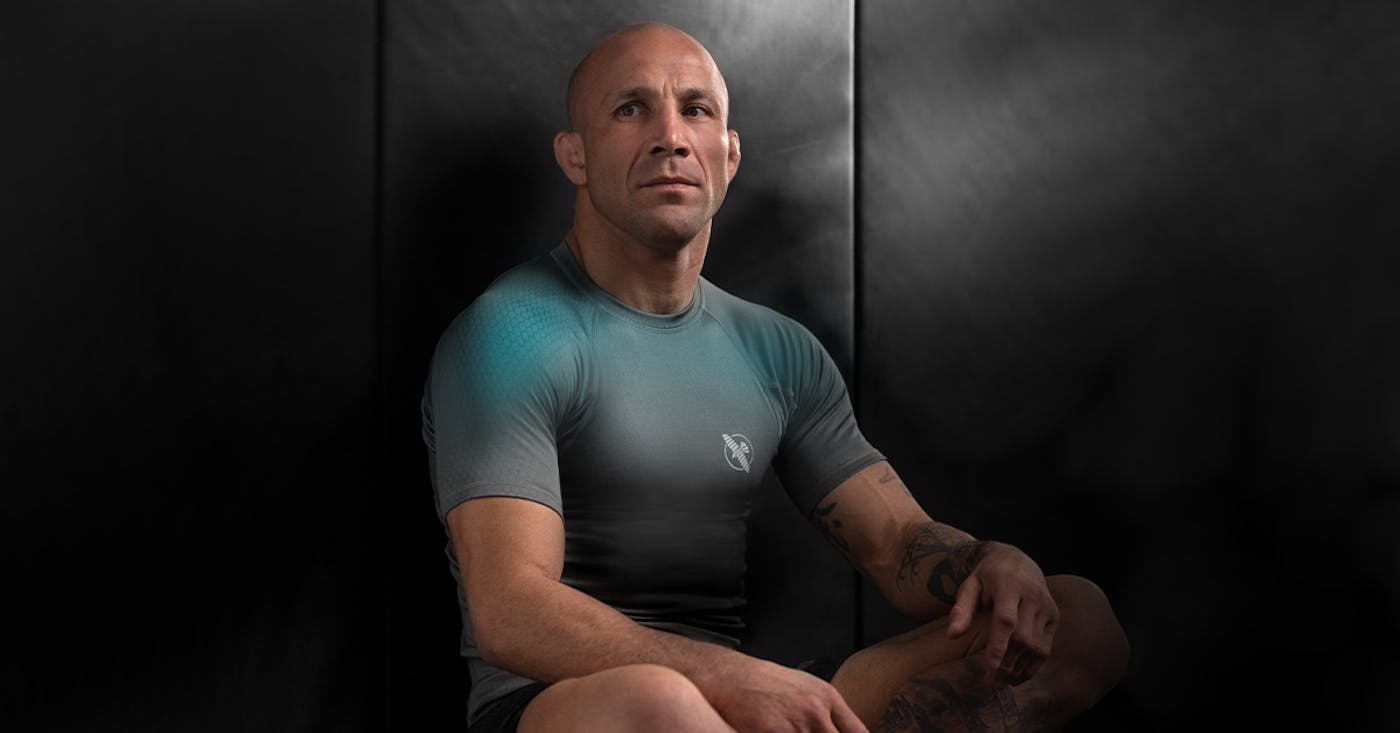
Performance-Enhancing Rash Guard Features
So, what are rash guards used for besides skin safety? They can amplify performance through their design, such as increasing mobility and enhancing momentum.
Increased Mobility
The form fit of the stretchable fabric allows athletes to maintain a full range of motion, which is crucial in combat sports where flexibility and quick movements are essential.
Furthermore, rash guards constructed with reinforced stitching provide an added layer of durability which allows fighters to proceed with confidence.
Aerodynamic Advantage
Rash guards are popular for sports like surfing and swimming since the sleek fit provides a hydrodynamic advantage by reducing drag time in the water.
Similarly, rash guards for MMA fighters promote an aerodynamic advantage, allowing them to stay agile, in addition to preventing opponents from being able to easily grab onto their material during a fight.
Hayabusa Fusion Short Sleeve Rash Guard

Hayabusa Fusion Long Sleeve Rash Guard

Hayabusa Ranked Short Sleeve Rash Guard

Marvel's The Punisher Short Sleeve Rash Guard
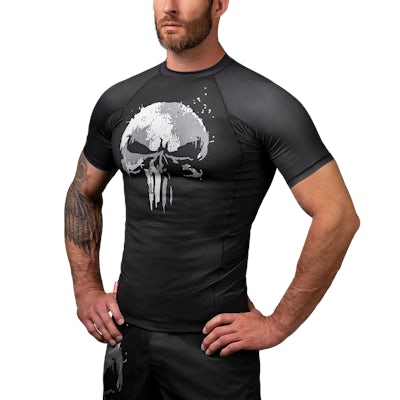
Choosing the Right Rash Guard
Starting with a quality fit is essential. Though the material should feel snug, it shouldn’t be restrictive to any movements or cause trouble breathing because it’s too tight.
A brand’s size guide is helpful as some rash guards may fit slightly differently than others. For accurate measurements, measure around the chest beneath the armpits, keeping the measuring tape level across the chest. Then, measure the waist at a point four fingers below the belly button to ensure a proper length.
Seek out rash guards with UPF which offers better coverage than sunscreen alone, which is especially important when training outdoors. Also, consider whether a short-sleeved or long-sleeved rash guard is best for your performance and activity.
Though one has more coverage than the other, a short-sleeve rash guard can still be effective protection for training, pulling double-duty as a compression shirt.
Lastly, if you’re competing, ensure your rash guards are IBJJF-compliant. The organization has specific standards, including rash guard colors, so it’s best to check ahead of time before making your next purchase.
Equip Yourself with Premium Rash Guard Protection
There’s no denying the importance of rash guards to stay protected. The Hayabusa Rash Guard Collection offers performance fabric and the precise fit you need, while also delivering dynamic design and color options to feel like a champion fighter.
Wherever your training takes you, always set yourself up for success by investing in quality combat sports apparel, gear, and equipment.
